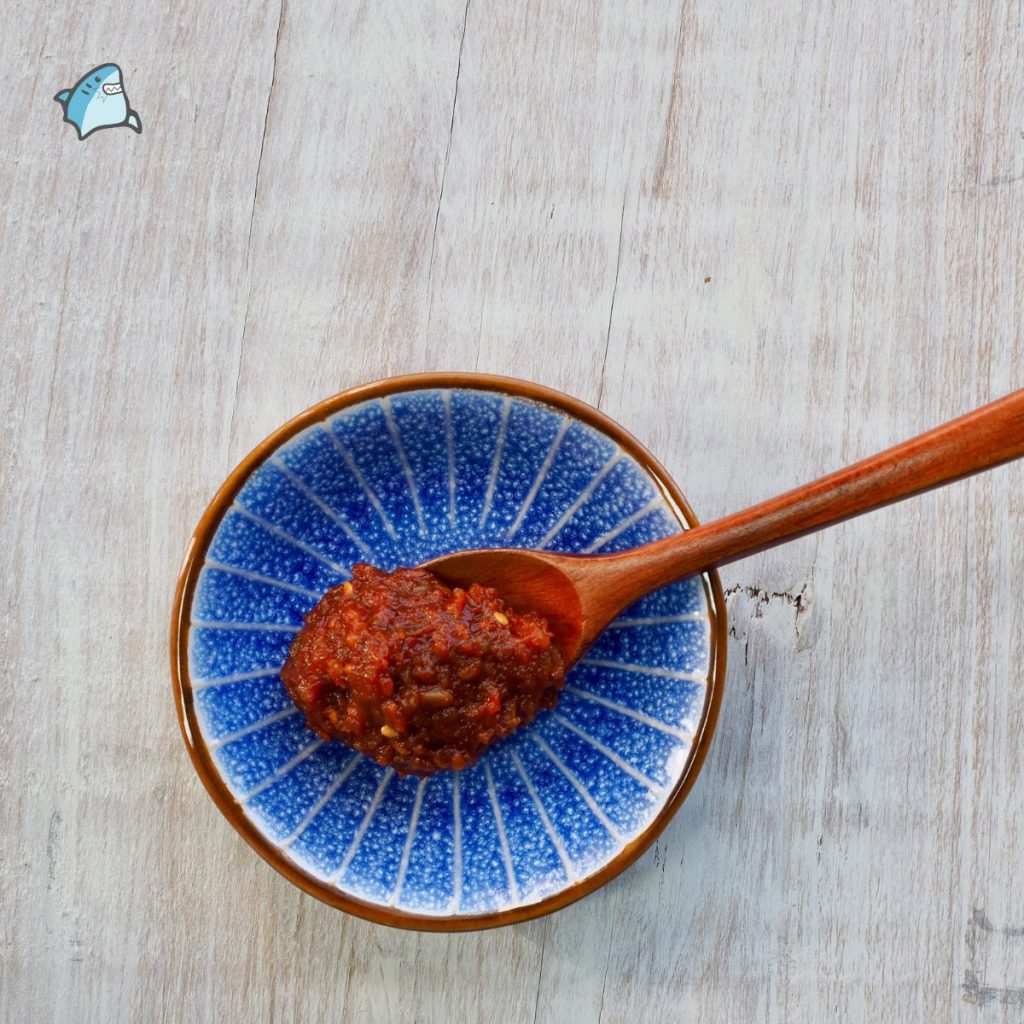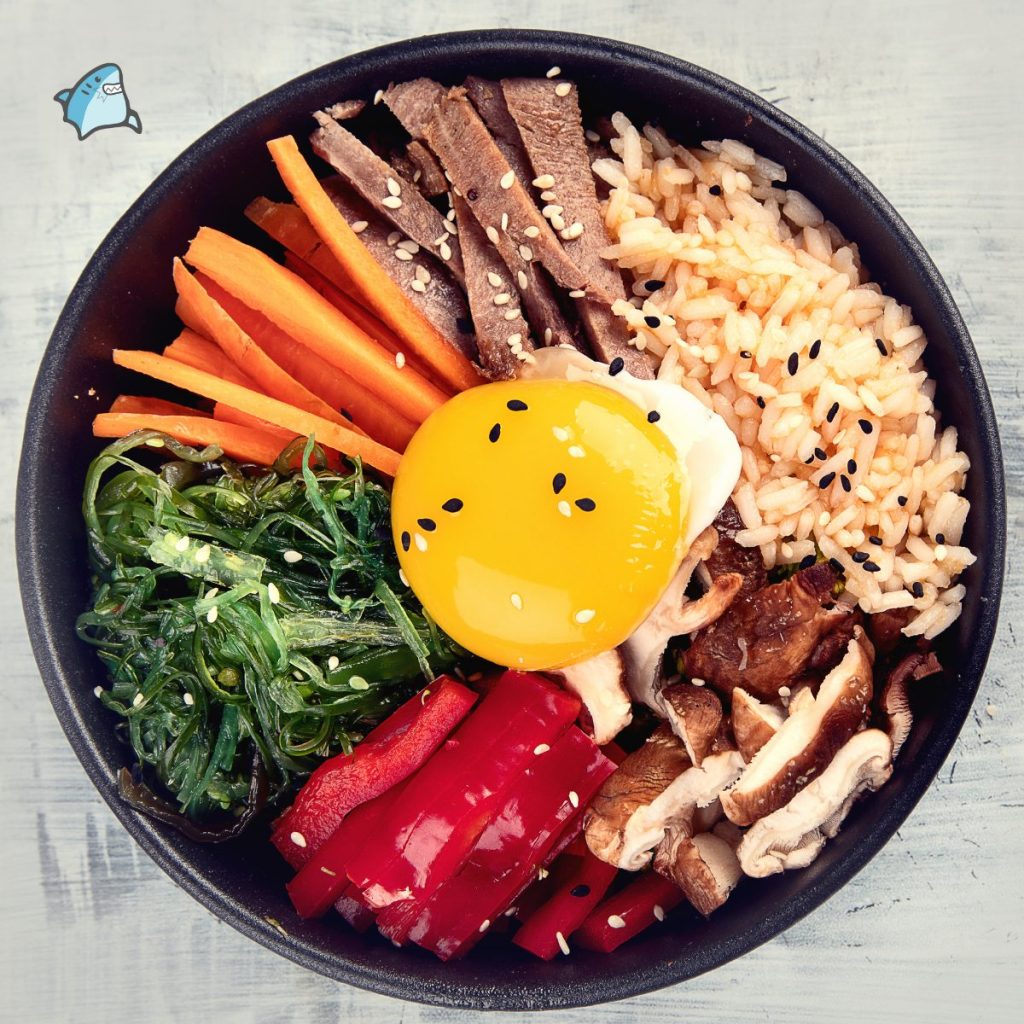Are you a fan of Korean cuisine? Thought about comparing doenjang vs ssamjang?
If so, you’ve probably encountered doenjang and ssamjang, two delicious and versatile condiments.
In this article, we’ll dive into these traditional Korean pastes’ origins, ingredients, and flavor profiles. We’ll also explore their traditional uses and their evolution in modern recipes.
By the end, you’ll better understand the differences between doenjang and ssamjang and be ready to enhance your Korean dishes with these flavorful additions.
Key Takeaways

- Doenjang and ssamjang have been part of Korean food culture for centuries.
- Doenjang is a fermented soybean paste, while ssamjang combines doenjang with gochujang.
- Doenjang has a rich, deep umami flavor with hints of sweetness, while ssamjang offers a bold and vibrant flavor with a balance of heat, saltiness, and tanginess.
- Both condiments are used in various traditional dishes and can also be adapted in modern recipes, providing unique flavors and enhancing the overall taste of the dishes.
Doenjang vs Ssamjang: Origins

The origins of doenjang and ssamjang can be traced back to ancient Korean cuisine. These two traditional Korean condiments have been integral to Korean food culture for centuries.
Doenjang, a fermented soybean paste, is believed to have been introduced during the Three Kingdoms period, around the 4th century. It’s made by fermenting soybeans with salt and other ingredients, resulting in a rich and savory flavor that adds depth to various dishes.
On the other hand, ssamjang is a spicy dipping sauce commonly used in Korean barbecue. It combines doenjang with gochujang, a chili pepper paste, and other ingredients like sesame oil and garlic.
Combining doenjang and ssamjang brings a unique and delightful taste to Korean cuisine, making them essential components of traditional Korean dishes.
Doenjang vs Ssamjang: Ingredients

To continue our exploration of the origins of doenjang and ssamjang, let’s now delve into the ingredients used in these traditional Korean condiments.
Doenjang, a staple in Korean cuisine, is made from fermented soybeans. These soybeans are mixed with salt and a fermentation starter called ‘meju,’ made from cooked and mashed soybeans left to ferment. This fermentation process gives doenjang its rich and complex flavor profile.
On the other hand, ssamjang is a savory dipping sauce commonly used in Korean barbecue. It’s made from doenjang, gochujang (a spicy red chili paste), minced garlic, sesame oil, and other seasonings. Combining these ingredients creates a deliciously spicy and tangy sauce that perfectly complements grilled meat and vegetables.
The ingredients used in doenjang and ssamjang are carefully selected to bring out the unique flavors and textures that make these condiments popular in Korean cuisine.
Doenjang vs Ssamjang: Flavor Profiles

Explore the distinct flavor profiles of doenjang and ssamjang as they enhance the taste of Korean cuisine.
Doenjang, a fermented soybean paste, boasts a rich, deep, umami flavor with subtle hints of sweetness. Its complex and savory taste can be described as earthy and nutty, making it a versatile ingredient in various dishes.
On the other hand, ssamjang, a spicy dipping sauce, offers a bold and vibrant flavor. Its combination of doenjang, red chili pepper paste, and other seasonings creates a harmonious balance of heat, saltiness, and tanginess. The spiciness adds a kick to any dish, while the umami from the doenjang elevates the overall taste.
Both doenjang and ssamjang bring depth and complexity to Korean cuisine, allowing you to savor many flavors in every bite.
Doenjang vs Ssamjang: Traditional Uses

To enhance their flavors, you can incorporate doenjang and ssamjang into traditional Korean dishes. These versatile fermented soybean pastes add a unique umami taste to various dishes.
Here are four traditional uses of doenjang and ssamjang:
1. Doenjang jjigae
This hearty stew is a staple in Korean cuisine. The rich and savory flavor of doenjang forms the base of the broth, which is then filled with vegetables, tofu, and meat for a comforting and satisfying meal.
2. Bibimbap
This iconic Korean dish features a colorful assortment of vegetables, meat, and a fried egg on top of a bed of rice. Ssamjang is often mixed into the dish to add a spicy and savory kick.
3. Samgyeopsal
Grilled pork belly is a popular Korean barbecue dish. Ssamjang is commonly used as a dipping sauce for the meat, adding flavor and complementing the smoky and juicy pork.

Konnichiwa! (Hello!) I'm Pat Tokuyama, a Japanese tofu cookbook author, who travels for music, food, and adventure. If you like Japanese tea, checkout some of the newestorganic japanese tea, matcha bowls and noren and more!
** Curious about the Plant Based Japanese Cooking Club? ** Learn more here!
4. Gimbap
Like sushi, gimbap is a roll of rice, vegetables, and sometimes meat wrapped in seaweed. Ssamjang is often spread on the rice before rolling, adding a zesty and savory taste to each bite.
These traditional uses of doenjang and ssamjang demonstrate their versatility and ability to elevate the flavors of Korean dishes.
Doenjang vs Ssamjang: Modern Recipes and Variations

Continuing from the previous subtopic, delve into the realm of modern recipes and variations of doenjang and ssamjang by incorporating them into innovative culinary creations. These traditional Korean condiments have been adapted and used in various ways to suit the evolving tastes of today’s food enthusiasts.
One popular modern recipe is the Doenjang Glazed Salmon. The rich and savory flavor of doenjang pairs perfectly with the tender and flaky salmon. Another delicious variation is the Ssamjang Burger. The bold and spicy ssamjang adds a kick to the juicy burger patty, creating a unique fusion of flavors.
Here is a table highlighting some more creative ways to use doenjang and ssamjang in modern recipes:
| Recipe | Description |
|---|---|
| Doenjang Caesar Salad | A twist on the classic Caesar salad, using doenjang as a flavorful dressing |
| Ssamjang Nachos | Adding ssamjang to nachos gives them a Korean-inspired twist with a spicy and tangy kick |
| Doenjang Pasta | Incorporating doenjang into pasta sauce adds depth and umami flavor to a traditional Italian dish |
| Ssamjang Grilled Cheese | Elevate your grilled cheese sandwich by spreading ssamjang on the bread before grilling |
| Doenjang Chocolate Cake | Surprisingly, doenjang can be used in desserts, too! It adds a unique depth of flavor to chocolate cake |
These modern recipes and variations showcase the versatility of doenjang and ssamjang, allowing you to experiment and create exciting new dishes that blend traditional Korean flavors with contemporary culinary trends.
So go ahead and get creative in your kitchen, and let the flavors of doenjang and ssamjang elevate your cooking to new heights.




Konnichiwa! (Hello!) I'm Pat Tokuyama, a Japanese tofu cookbook author, who travels for music, food, and adventure. If you like Japanese tea, checkout some of the newestorganic japanese tea, matcha bowls and noren and more!
** Curious about the Plant Based Japanese Cooking Club? ** Learn more here!